Description
The production of bone china involves several intricate steps, distinguishing it from porcelain by the addition of bone ash during manufacturing. This inclusion results in a piece that is lighter and more translucent than porcelain.
Creating bone china is more complex and costly compared to other types of china, which is reflected in its higher price. This elaborate process also gives bone china mugs and teacups their delicate rims, enhancing the experience of sipping tea. To determine if a piece is bone china or porcelain, simply hold it up to the light; bone china will exhibit a white, translucent appearance.
Bone china undergoes two firing processes. The first firing causes the product to shrink, leading to the breakage of about 20% of the pieces. The second firing occurs after glazing, which melts the glaze onto the piece. Surviving pieces are then decorated with final patterns, which may be hand-painted, sprayed, or applied as decals. Many items also feature gold, silver, or colored paint on the rim.

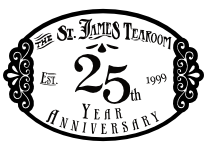
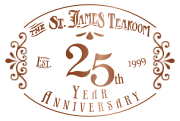
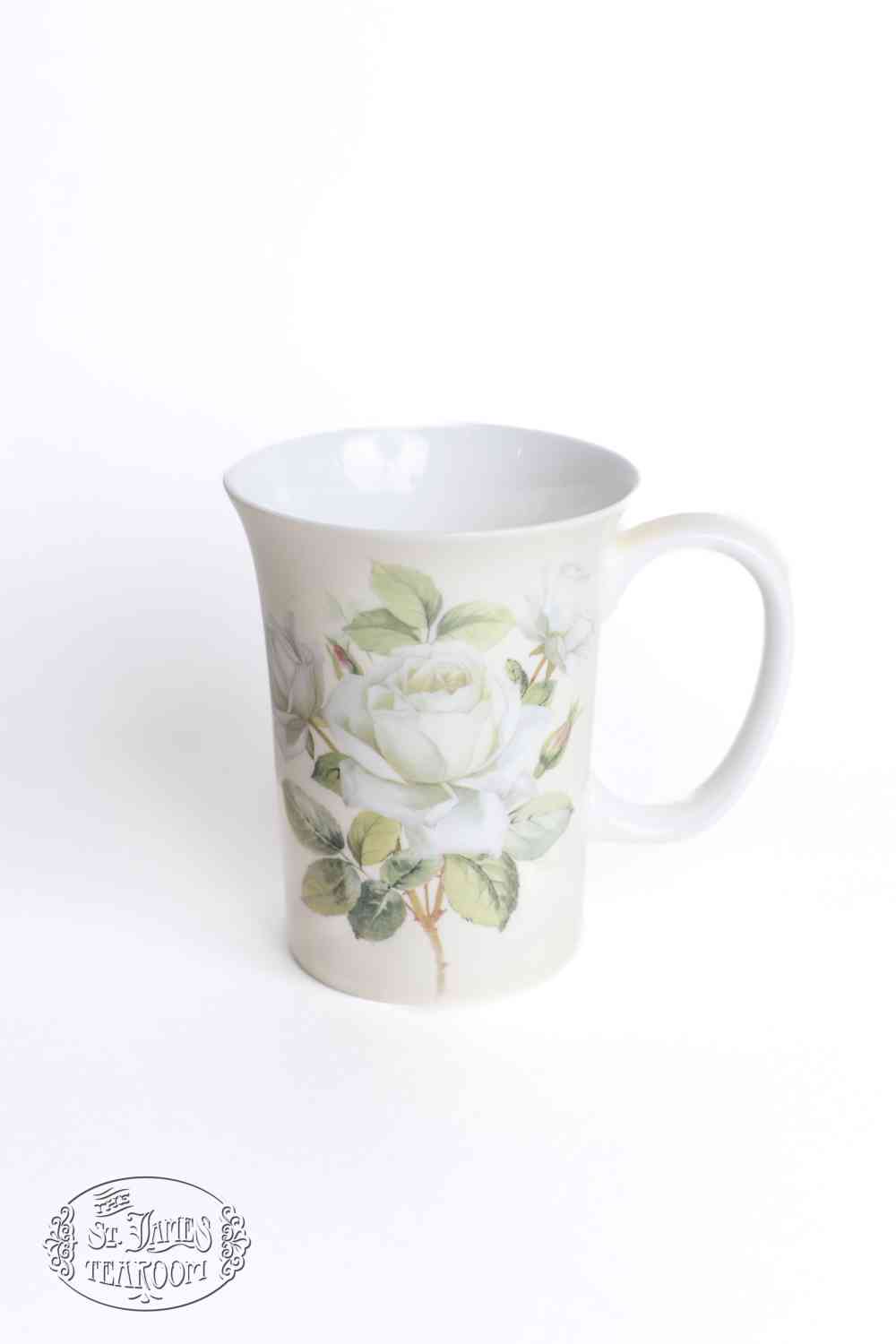

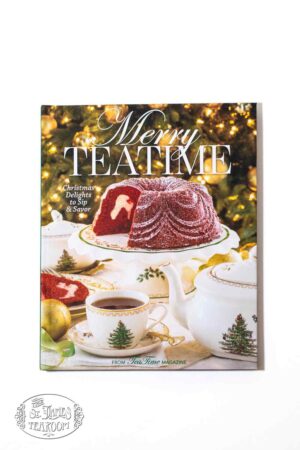
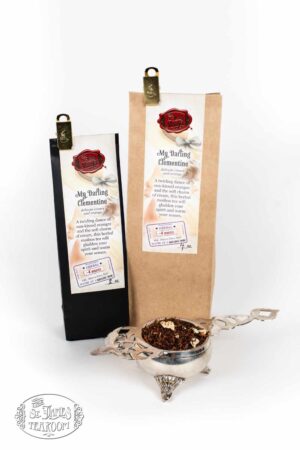
Reviews
There are no reviews yet.